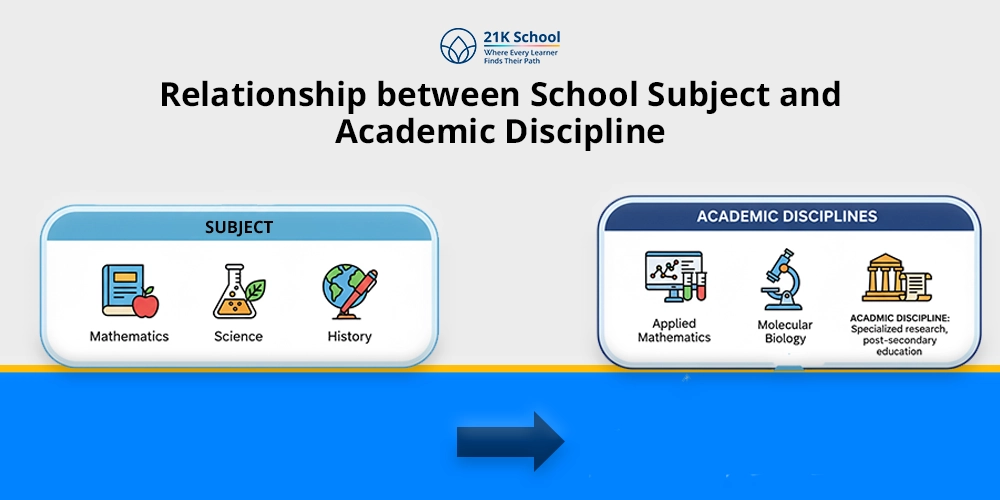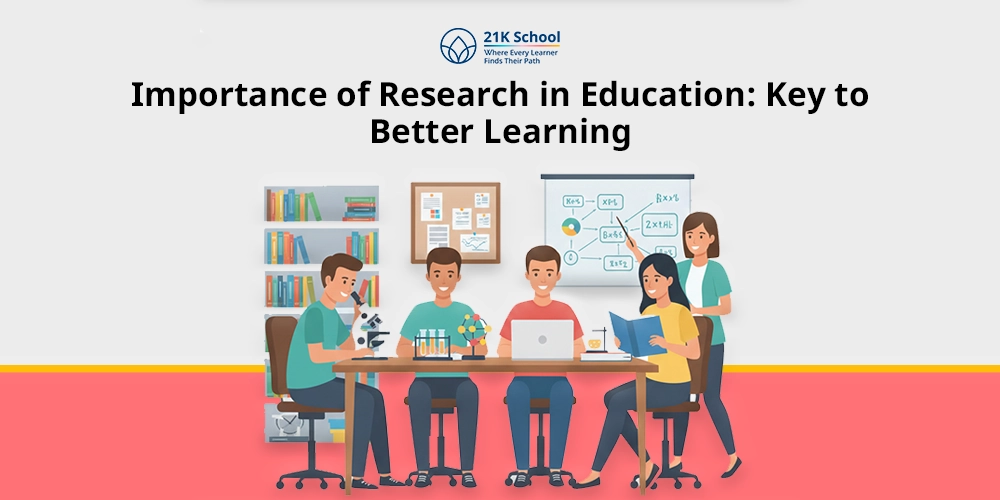
What is your opinion e-learning is the same as m-learning or not?
Quite simply, for lots of people e-learning is equivalent to m-learning. Well in some terms it is correct, m-learning as well as e-learning are linked to online learning and are subset of online learning.
E-learning is learning conducted by the e-learning platforms or any electronic devices such as TV, digital board, computers and so on.
M-learning involves learning via mobile devices. E-learning need not be delivered by mobile phone or portable device but can happen on any medium.
M-learning mainly uses mobile phones or smartphones to deliver content. In this article we will understand the detailed comparison of both e-learning and m-learning.
Table of Contents
What is E-Learning?
Electronic learning or e-learning, is information and content delivery via e-learning platforms. E-learning promotes distance learning and lets people take courses, materials and assessments at their own pace at home.
E-learning makes education flexible and accessible than other forms of learning. Asynchronous and synchronous e-learning is available which allows studying in real time as well as offline mode.
E-learning is not just for public schools or the education sector but applied in all fields. E-learning can be done on any medium, including computers, billboards, displays, smart boards, mobile phones, etc.
Video lectures, interactive modules, quizzes, discussion forums, webinars and virtual simulations are all formats of e-learning.
What is M-Learning?
M-learning or mobile learning is a kind of education which delivers learning contents from portable devices such as smartphones and tablets everywhere, anytime.
This places emphasis on learning anytime/anywhere and stresses flexibility and active engagement via mobile devices.
M-learning allows immediate interaction and real-time sharing of comments, collaboration and information via internet-connected devices resulting in casual and playful learning experiences.
With the introduction of technology into education, there is no need for other digital media; in m-learning, students can study or interact with just a mobile phone. And it is economical – digital content such as e-textbooks, are far less expensive than physical media.
Difference Between M-Learning and E-Learning
E-learning is related to online education but not m-learning. Differences between e-learning and m-learning are mentioned here.
| Aspects | M-Learning | E-Learning |
| Meaning | M-learning is a form of e-learning that mostly happens through mobile phones or tablets. It is a portable way of getting information in any setting. | E-learning is a broad term that uses all types of electronic/media to disseminate any information , which includes displays, mobile phones, computers, laptops and so on. |
| Device | M-learning mostly uses portable devices such as mobile phones, tablets, or handheld computers to deliver content. | E-learning uses a wide range of electronic devices such as computers, laptops, digital boards, smart displays and so on. |
| Screen Size | M-learning is conducted in small-screen devices such as mobiles or tablets. | E-learning can be conducted in big screen devices such as digital boards or big displays. |
| Compatibility | M-learning is built for mobile-specific ecosystems like iOS and Android apps with offline modes, which also support various browsers. | E-learning is compatible with most devices, such as web browsers like Chrome, Firefox, learning management systems (LMS), etc. |
| Learning Style | M-learning has a flexible learning style that allows individuals to study as per their own learning capabilities with both online and offline medium. | The learning style of E-learning is structured like online classes in which the teacher takes classes in a webform medium. |
| Relationship | M-learning is a part of e-learning, which gives flexibility and portability. | E-learning is a broad category or parent term for every electronic medium, including m-learning. |
| Medium | M-learning is mostly conducted through mobile phones and uses mobile software and systems to run. | E-learning is conducted through websites and software using LMS and video streaming software to deliver high-quality content. |
| Duration | M-learning is mostly for short duration such as 10 to 20 minutes or 30 minutes to keep students engaged | E-learning is for a long duration such as more than 30 minutes. This is because it includes longer sessions for longer lectures. |
| Assessment | M-learning has real-time assessment conducted with the help of formative assessment tools. | E-learning also conducts real-time assessment, but sometimes it contains co-structured assessments such as exams or assignments. |
| Examples | Examples of m-learning are Distance learning, remote learning, mobile-based applications etc. | Examples of e-learning are microlearning, webinars, podcasts, and blended learning. |
| Cost | M-learning is affordable compared to e-learning as most of the users have access to mobile phones and the software is also free or less costly. | E-learning is a little bit expensive relative to m-learning as one has to buy computers or an internet connection to take the classes. |
1. Definition
E-learning
E-learning is the use of electronic media & digital technologies such as computers, the internet, and multimedia for educational purposes. It includes online courses, virtual schools and web-based training programs all devised for structured learning experiences.
M-learning
A type of e-learning that uses mobile devices such as smartphones and tablets for e-learning on the go. It is flexible, personalised and lends itself to bite-sized content delivery and learners are not necessarily tethered to a desk.
2. Device
E-learning
It mainly uses stationary/semi-portable devices like desktop/laptop computers, or smart TVs. These pack plenty of processing power to run sophisticated simulations, videos and interactive modules.
M-learning
It centres on extremely portable/handheld devices such as smartphones, tablets, and digital boards. The focus is on devices which slot into daily life so learning can be integrated with routines such as commuting or exercising.
3. Screen Size
E-learning
It usually means bigger screen size such as big tv or displays. This enables immersive experiences, but you need a separate room.
M-learning
Smaller screens are used , adapted for quick looks and touch movements. So content is often simplified or responsive to avoid overwhelming the limited display area.
4. Compatibility
E-learning
Works with most software and platforms: web browsers like Chrome, Firefox, learning management systems (LMS) like Moodle or Canvas, desktop applications. It often needs stable broadband internet and perhaps isn’t fully optimised for touch inputs.
M-learning
Built for mobile specific ecosystems like iOS and Android apps with offline modes, GPS integration and push notifications support. It uses responsive web design or native apps.
5. Learning Style
E-learning
Suited to structured, self-paced or instructor-led learning styles often involving long sessions such as webinars or module based courses. It accommodates visual/auditory learners with rich multimedia but feels rigid to some who require spontaneity.
M-learning
Promotes highly flexible, informal, & just-in-time learning styles through short – interactive bursts of learning. Hence, it is ideal for remote learners, with personalised learning via offline tools.
6. Relationship
E-learning
Serves as parent category and includes all digital learning methods with m-learning as a branch for e-learning.
M-learning
It is inevitably a subset/evolution of e-learning based on its principles but focusing on mobile technologies. It enriches E-Learning with layers of mobility & immediacy.
7. Medium
E-learning
Delivered mainly via the internet in websites, e-mail, video streaming and downloadable files. For high-bandwidth media like HD videos or virtual reality simulations it may use wired or Wi-Fi connections.
M-learning
It delivers using mobile networks like 4G/5G or Wi-Fi hotspots and app stores. So it has SMS alerts and podcasts AR overlays and cloud syncing with a lot of offline caching for poor connectivity.
8. Duration
E-learning
The duration of e-learning are longer and are conducted more frequently, it mostly takes 30 minutes to long hours per module mostly in online lectures. It promotes attention over long periods of time.
M-learning
Involves shorter, modular durations frequently 5-15 minutes per interaction such as a brief flashcard review. This “micro-learning” fits “in busy lives with fragmented attention spans”.
9. Assessment
E-learning
Assessments tend to be periodic and formal – for example timed online exams, assignments with deadlines or proctored tests at the end of modules. This might mean feedback takes days, in line with structured evaluation cycles.
M-learning
Features ongoing, real-time assessments similar to instantaneous quizzes, polls or AI-scored activities, having immediate feedback. Periods are flexible: learners can test knowledge immediately without strict time periods.
10. Examples
E-learning
E-learning examples are microlearning, webinars, podcasts, blended learning, etc., in which somebody really does a full course on a laptop, video lectures, forums and certifications.
M-learning
Distance learning, remote learning, mobile based applications etc, are examples of m-learning, where users can practice during brief breaks.
11. Cost factor
E-learning
May include larger upfront expenses relative to m-learning like buying a computer, substantial high-speed internet subscriptions, and paid courses. But it can be scaled up to accommodate institutions with shared resources.
M-learning
Generally lower cost compared to e-learning because it uses existing personal devices – most people have smartphones and free apps – so it is more accessible to every student.
Final Thought
E-Learning & M-Learning are a form of online education conduct over internet. Both are essential for accessible & flexible education. However, e-learning and m-learning are different related phrases allowing students to study as per their needs and convience.
While e-learning is structured and in-depth across devices for more in depth study, m-learning is portable and bite-sized for everyday use on mobiles.
M-learning complements e-learning and in hybrid models they will be added to democratise education making lifelong learning more accessible for all


